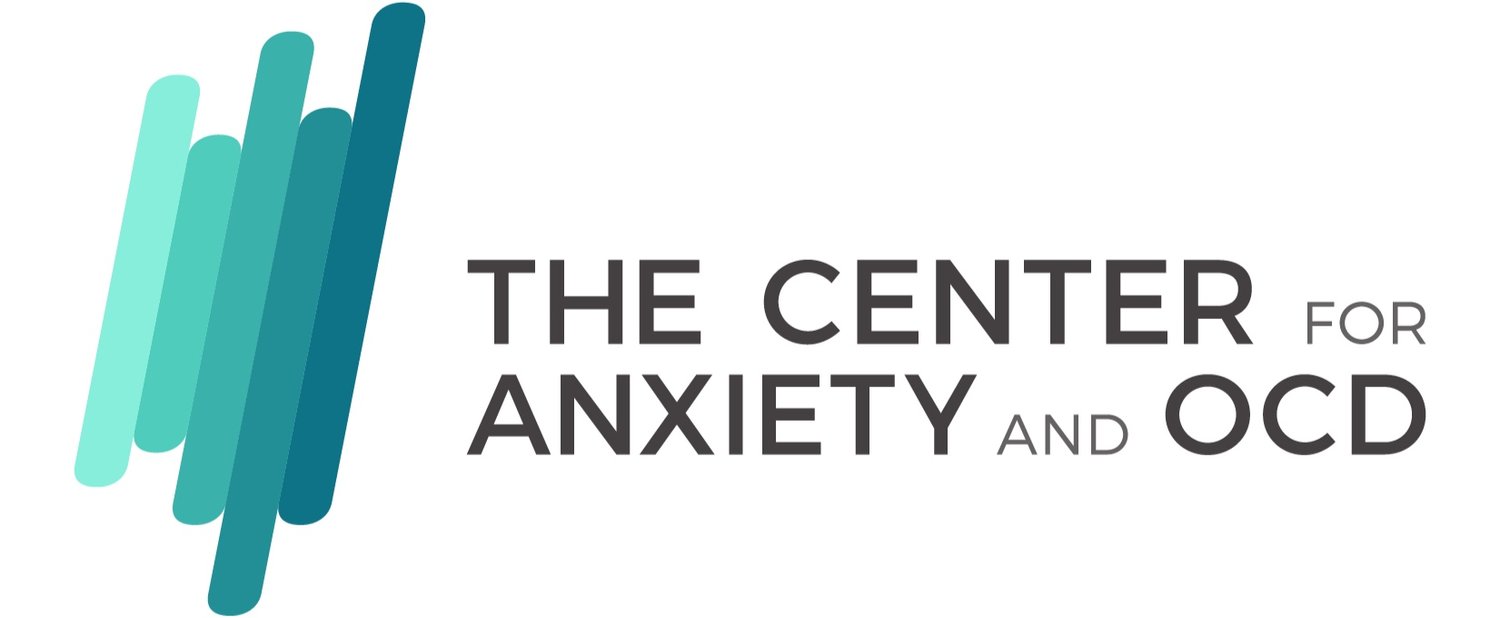What Are Your Thoughts on Inside Out 2?
As a therapist, when mental health is depicted prominently in pop culture, I am commonly asked "so, what did you think?"
In the case of Disney and Pixar's Inside Out 2, I am excited to say, I was thrilled.
The film accurately and beautifully explores the complexity of growing up, and allowing space for new (and confusing) emotions. Here are some of my favorite messages from the film, as an anxiety and OCD specialist:
When anxiety is triggered, all other emotions take a back seat.
When a new emotion, Anxiety, entered the picture, it was not long before she took her seat at the head of the "emotional control panel." In this case, art imitates life.
When our amygdala, the part of our brain responsible for our fight-or-flight response, is activated, all of our executive functioning goes out the window. Our nervous system tells us that something anxiety provoking, like the first day of hockey camp, is just as serious as a life-or-death situation.
As observers, we can see that Anxiety is perhaps taking things too far, but this is what our brain does. It leads us to believe that anxiety provoking instances are not only uncomfortable, but potentially unsafe, and that becomes our brain's top priority.
Transitions are incredibly difficult (and skyrocket our anxiety).
So often clients are surprised by the levels of intensity their anxiety can reach when they are undergoing a transition. Anything new and unfamiliar can register to our brain as dangerous.
The film depicts a realistic, and visceral, panic attack. The main character's entire body is frozen, and inside her mind, things are at a standstill as Anxiety whirls around until she is forced to exist in what can only be explained as a freeze response.
As a therapist with anxiety, this scene was difficult to watch but also so refreshing. Often, feelings of panic are correlated "blooming experiences," difficult life phases, like adolescence, that ultimately come to define our sense of self.
The film does an excellent job of showing how debilitating these transitional times can be, and does not shy way from allowing the viewer to understand this is a seemingly hopeless, and frightening, full body experience. However, it also allows us to see that in time, our brain and body will self-regulate.
There is space (and a purpose) for all types of emotions. There are no "good" or "bad" ones.
If you take anything away from this film, let it be this: we are able to exist and thrive while experiencing every type of emotion.
The film depicts this beautifully, as even some of the more unpleasant (or dare I say, annoying) emotions come together to make the main character, Riley, who she is.
Riley is at her best and most authentic self when each of her emotions allow space for one another, and learn to coexist. This is depicted by Joy allowing other emotions to take the wheel every once in a while, instead of suppressing them. This coexistence is also demonstrated when the emotions realize that while they can't promise Anxiety that everything will be okay, self-soothing and grounding strategies can help.
And, finally, sometimes humor is our greatest self-regulating tool
During my time in the theater, my fellow viewers and I shared several true, laugh-out-loud, laughs. Many of the film's depicted experiences are universally understood. Grief around friendships changing, shifting relationships with our parents, discomfort with what growing up does to our brain, hormones, and body.
Sitting in a room full of people and laughing about it made everyone feel less alone in our human experience. It reminded me that when we can laugh at ourselves, the world, our thoughts, and of course, our feelings just seem a lot less scary.
This is my virtual standing ovation for Inside Out 2. I can't wait to see what you all think!

